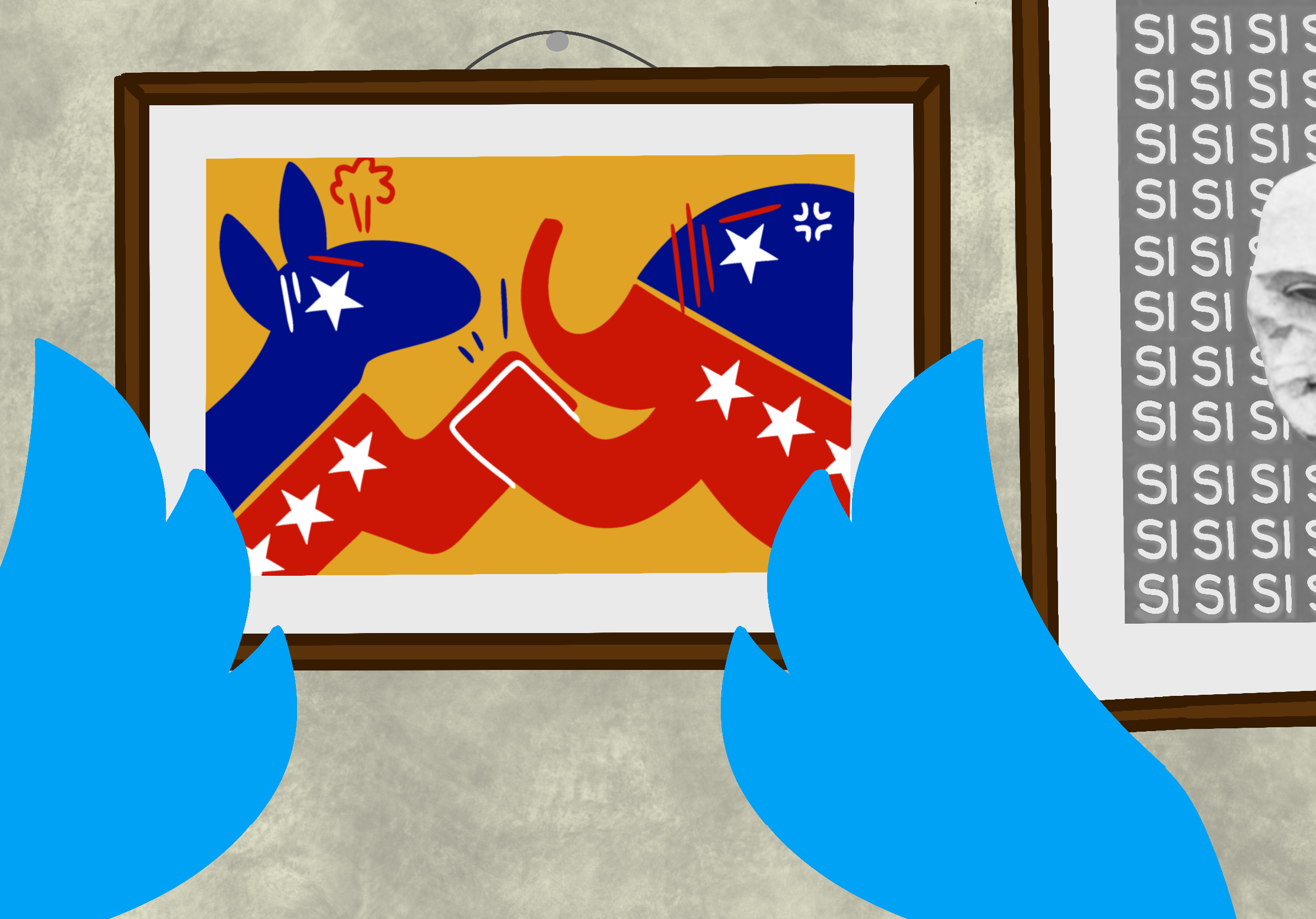
With the current pandemic creating particular hardships in the healthcare system, physicians and healthcare professionals in British Columbia have worked with a sense of urgency to deliver increased training in COVID-19 patient simulation. The research for the COVID-19 simulation guide was led by a team at UBCO and Interior Health in collaboration with colleagues at Island Health in response to many requests for this training. This simulation is very crucial in ensuring the safety of frontline workers, and it is an integral resource in delivering adequate support and accessibility in training to healthcare workers, including those in rural and remote areas.
To provide further details on this highly important COVID-19 patient simulation guide, Dr. Jared Baylis has kindly responded to some questions in regards to his research and the development of this simulation guide. Dr. Baylis is the Medical Education Simulation lead for the SMP and the Medical Director of Simulation for Interior Health.
Could you describe what the COVID-19 pandemic simulation guide is and why it was designed? The COVID-19 simulation guide came about, in its initial form, when our simulation program began fielding a lot of requests for simulation exercises to prepare for the COVID-19 pandemic in Feb/Mar of 2020. We have a rural mobile simulation program that traditionally would visit sites requesting simulation exercises for training but it was quickly apparent that traveling to sites would not be feasible with the pandemic and the sheer number of requests were too large to accommodate. We put together the guide with a COVID-19 simulation case — a guide as to how to run in-situ simulation including preparation, debriefing, and after sim considerations (e.g. following up on action items etc) —and distributed this to the network of Interior Health acute care sites. We then began working with the BC Simulation Network and our colleagues on Vancouver Island to produce a provincial resource once it was noted that this same phenomenon of needing to build capacity in simulation was occurring elsewhere.
What does the training for this simulation look like?
Simulation training can occur in any setting and can range from high technology to very low tech without even having a mannequin. We put the guide together such that the equipment present at whichever site was conducting the simulation could be used to meet the desired educational/training objective. This could be anything from table top simulation exercises for protocol formation all the way to high fidelity simulation in a large centre in the emergency department to prepare for critically ill COVID-19 patients.
Why is it important that a COVID-19 simulation guide be applied in medical practice?
The importance of a guide like this lies in optimizing the simulation setting for maximal learning and maximal quality improvement/systems change. Simulation is often reached-to as a tool for these purposes, but it takes skill and preparation to effectively run a multi-disciplinary simulation session that meets pre-defined learning objectives, results in clarified and valuable learning, and contributes to improving patient care and safety. If attention is not paid to all of these facets of simulation, then the desired effect may not be seen and, in fact, sometimes harm can be done in terms of reinforcing the wrong principles, not engaging necessary stakeholders, and/or not providing a safe learning environment when it comes to PPE, etc.
In particular, how does this research benefit individuals in rural and remote areas?
The main benefit of a resource like this in the rural/remote environment is that it provides the framework for any interested educator/clinician to run an effective simulation session without necessarily requiring someone with dedicated simulation training. In that sense, it builds capacity for simulation to be rapidly upscaled and used for pandemic preparations without our rural mobile simulation program being required to physically visit each site requesting simulation.
In these unprecedented times, it is imperative that healthcare providers are prepared with the best possible resources to aid them during this health care crisis. The COVID-19 simulation guide not only ensures that training is accessible to all healthcare professionals, including those in rural and remote areas, but it also contributes to the safety of individuals who have worked tirelessly throughout this pandemic.




